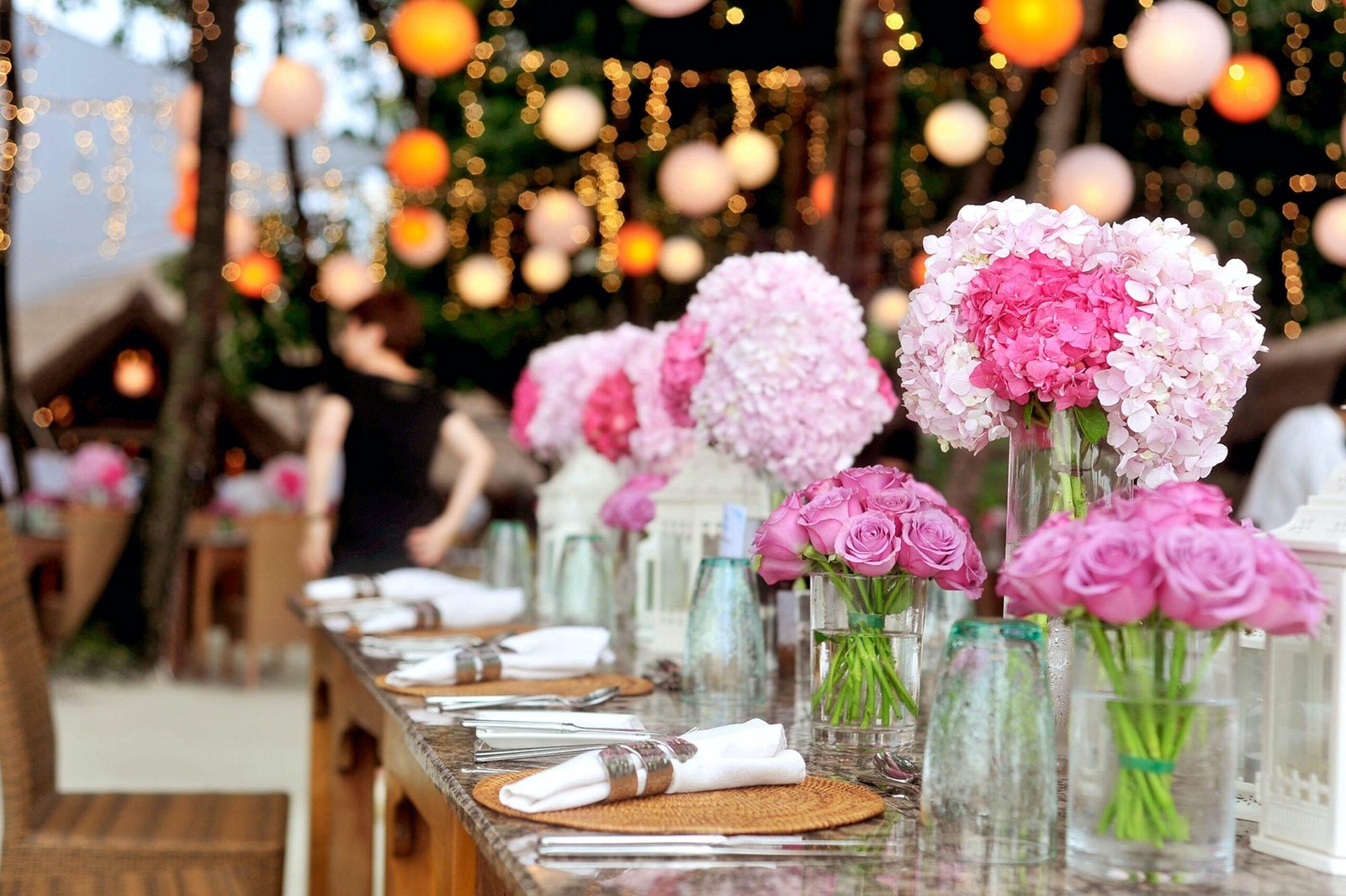Wedding Traditions and celebrations across North America and Europe
Wedding Traditions and celebrations across North America and Europe

Marriage is a significant life event for many people. Getting married is all about sharing your favorite rituals and customs with the people you care about as you begin a new chapter in your lives, celebrate with your partner, and party the night away. Traditional wedding activities like throwing the bouquet and the first dance are becoming less popular as couples seek for more personalized ways to commemorate their big day. In order to help you develop your own traditions and gain some excellent ideas for your big day, we are researching those used in Europe and North America. Here are some of the most famous wedding traditions from Europe and North America.

England
Hen Parties
Americans are all for what the British term “hen parties,” or what we call “bachelorette parties.” These events are similar to their American equivalents but often include more feminine activities like afternoon tea, a spa day, or a ladies’ night out. This New York Times story claims that hen parties may grow into a “weekend-long ritual of love and adoration for the bride presented by her friends,” complete with the customary games.
An All-Day Breakfast Menu
“Wedding breakfast” is the name given to the meal that is traditionally offered at a British wedding, despite the fact that it isn’t necessarily eaten first thing in the day and does not usually consist of what Americans would consider breakfast dishes. This custom originated in the pre-Reformation era of the 16th century, when the groom and the bride had to fast before the wedding and then gorge themselves on a sweet and boozy supper after the ceremony. The wedding breakfast meal for Prince William and Kate Middleton included a shellfish appetizer, lamb roasting, and wine trifle, all served with corresponding wines.
France
French Wedding Day Pageant
The bridal procession is one of the most exciting elements of a traditional French wedding. Typical of weddings in rural areas, the groom visits the bride at her house on the morning of the ceremony, and the couple then strolls to the church. Musicians lead the way while the bride and her father follow behind. The groom and his mother come last in line, followed by the rest of the wedding party and their respective families. Children from the community line the route with white ribbon, which the bride must cut as she walks by.
United States
Tossing Rice at the Bride and Groom
In the United States, newlyweds are often sent out with a bang and a lot of celebration. Guests would traditionally toss rice at the newlyweds as they left the reception in their automobile, which would be adorned with “just married” placards. Guests now more often send off the newlyweds with bubbles, sparklers, dried lavender, or bells than than rice, which is both messy and potentially deadly.
Italy
Lucky Charms
The majority of Italian couples believe in superstitions. Both the bride and groom, at many Italian weddings, would wear little trinkets thought to bring good fortune. It is traditional for grooms to keep a bit of iron in their pocket to fend off bad spirits, and for the bride to tear a little hole in her veil to usher in prosperity. Wearing green brings good fortune, so guests should do the same.
The dance
Many guests will dance La Tarantella (or “the tarantula”) to wish the happy couple well. When the music picks up in tempo, the dancers hold hands and run counterclockwise around the room. Both the pace and the overall trajectory of the group fluctuate until they all collapse in an unruly heap.
Serenade
Traditional Italian weddings begin with the “serenade,” during which the man sings to his future bride and presents her with a bouquet of flowers. Yellow gold is avoided on the day because of the widespread belief that it would bring misfortune to its wearer. Obviously, there’s a lot of food and drinks at these events, and they last for a while. Confetti originally referred to sugar-coated almonds tossed at the happy couple. When the ceremony is over, the bride and husband are sprinkled with rice as a fertility blessing before leaving the church.
Greece
The Bridal Tiara
The Greek wedding’s “crowning” is a standout feature. The priest will bless the wedding couple 3 times before putting the crowns on their heads as a token of their unity. In ancient times, crowns were crafted from white flowers and evergreen foliage to represent fertility. Roses and orange flowers were employed as symbols of chastity. The goddess Adephagia was honored by the ancient Greeks by placing olive branches and other herbs like thyme and basil in their crowns. Crowns used at modern weddings often include metal components, ribbons, and floral accents.
Russia
Kidnapping the bride for a little thrill
There are several strange customs during Russian weddings, such as “abducting” the bride and holding her for a compensation. Friends of the bride abduct either the bride or the footwear during the ceremony, and the groom and his companions must provide some kind of ransom in return, whether it be cash, champagne, or chocolates. In many of these tales, the bride is hidden away, and the husband must complete a harrowing gauntlet of tests, riddles, and other challenges in order to get her back.
Germany
Broken dinnerware
In a tradition known as Polterabend, held the night before the wedding, the bride’s family and friends are invited to her home, where they feast and break a lot of china in the name of good luck. The term “noisy evening” is the origin of the word, which describes the sort of noise that would be made. It is customary for the groom and his groomsmen to “kidnap” the bride and take her out to dinner or a bar on the wedding day. Finding the bride is quite costly, yet the groom must do so or else he must foot the bill. After the ceremony is over, the newlyweds will demonstrate the value of teamwork by sawing a giant wood together.































































